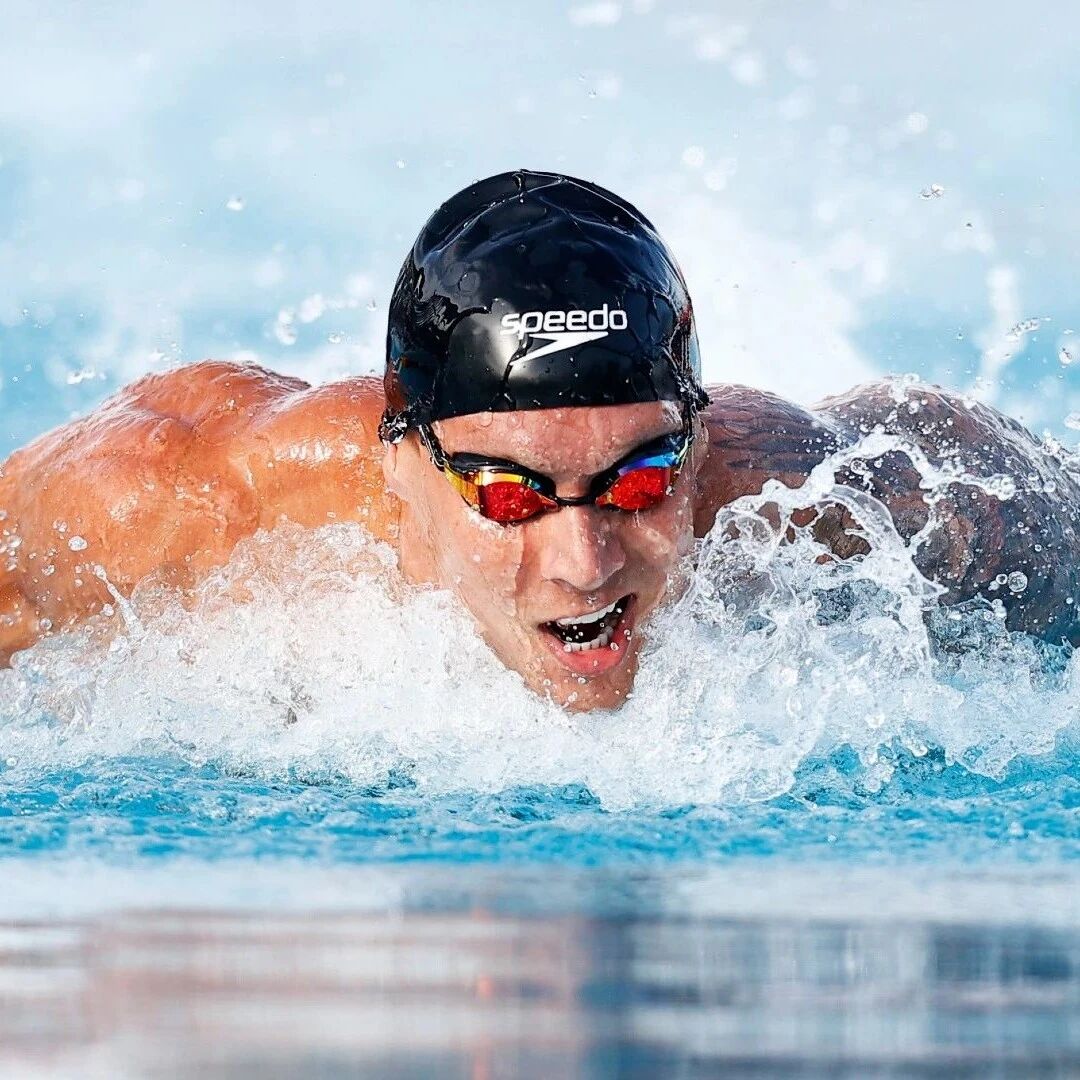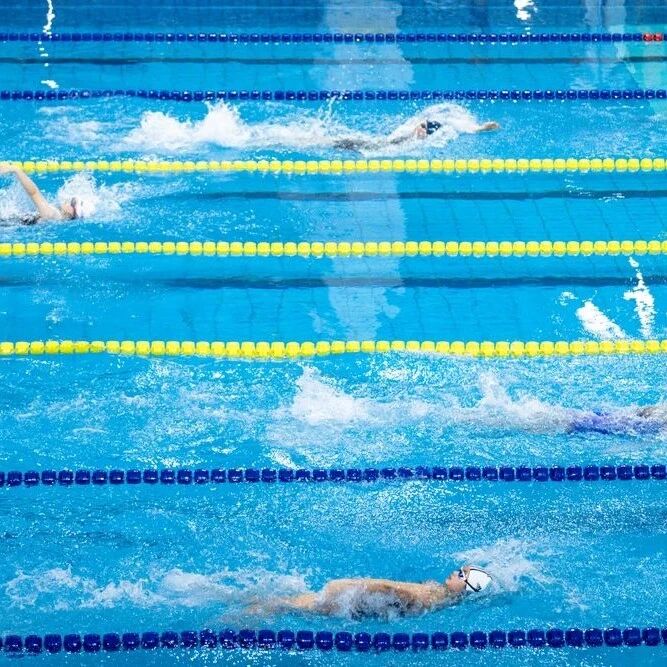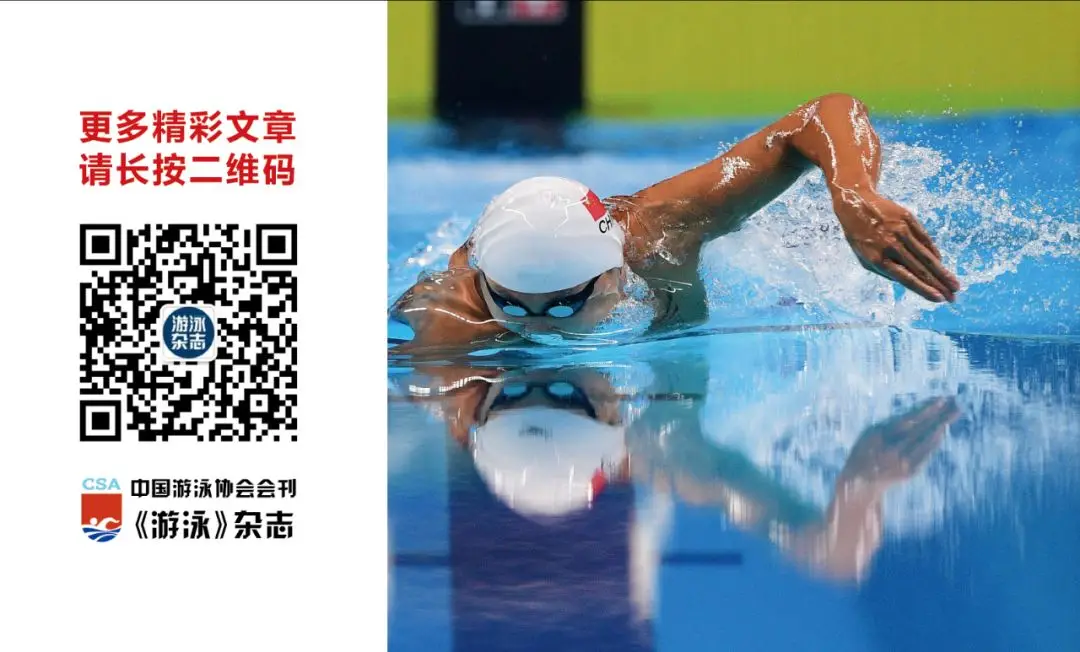How Swimmers Set Goals (Part 1)



Edwin Locke, a professor of management and psychology at the University of Maryland, and renowned management expert Charles Huse found that external stimuli—such as rewards, job feedback, and managerial pressure—are all mediated by goals to influence motivation. Goals direct individuals toward behavior aligned with those objectives, enabling people to adjust their level of effort according to the task’s difficulty, while also shaping the persistence of their actions over time.
Locke and Latham first proposed "Goal Setting Theory" in 1967, based on a series of scientific studies. They argued that goals themselves are inherently motivating—they transform personal needs into motivation, guiding individuals to direct their actions toward specific objectives. Moreover, by regularly comparing their performance against these established goals, people can promptly adjust and refine their behavior, ultimately increasing their chances of achieving the desired outcomes.
Clear and specific goals, including information such as the responsible party, the target content, and the final deadline.
Vague goals leave you with too much room for flexibility, making it easy to procrastinate. For instance, phrases like "do your best" not only create an endless sense of helplessness but also trigger self-doubt and lower self-esteem.
Target setting and implementation methods must be tailored specifically, and swimming performance is measured with remarkable precision—results are accurate to the nearest hundredth of a second.
A 2023 study titled "Effects of Goal Setting on Sustainable Attention and Attention Losses," published by psychologists from the University of Oregon and the University of Texas, reveals that setting a clear and specific goal significantly increases our ability to maintain focus, reduce distractions and mental clutter, and stay fully committed to achieving it.

On March 23, 2018, at the NCAA Swimming Championships held in Minnesota, USA, Caeleb Dressel from the University of Florida clinched first place in the 50-yard freestyle with a time of 17.63 seconds—nearly half a second faster than his previous semifinal mark of 18.11 seconds. This performance made him the first male swimmer ever to break the 18-second barrier in the event. Dressel’s remarkable achievement was the result of setting a clear, specific goal—17.6 seconds—rather than settling for vague aspirations like "swim faster" or "achieve a personal best." Under immense pressure, he dedicated an entire year to relentless, focused training, ultimately turning his vision into reality.
As swimmers, we all have goals embedded in our minds. When we close our eyes at night and lie in bed, it’s inevitable that we’ll start dreaming—visualizing ourselves accomplishing incredible feats in the pool: winning a gleaming gold medal, smashing world records, or even making it onto the Olympic team…
A frequently cited study by Dr. Gail Matthews, a psychology professor at Dominican University in California, reveals that writing down our goals increases the likelihood of achieving them by 42%. This is because putting our aspirations on paper marks the beginning of a transformative journey toward making dreams a reality—and it represents a crucial first step in legitimizing the plans and efforts that follow.
Athletes who write down their goals are far more likely to stay committed than those who simply keep them locked away in their minds. As for where exactly we choose to write them—well, that ultimately depends on us—but placing them in a visible spot is absolutely crucial. According to reports, Olympic legend Katie Ledecky has been jotting down her goals on the very first page of her journal for years. She recalls: "Every day, when I open my journal, my goals are right there, smiling back at me."
Before the 2016 Rio Olympics, Ledecky set her sights on two ambitious goals: achieving a time of 3 minutes 56 seconds or faster in the 400-meter freestyle, and completing the 800-meter freestyle in 8 minutes 5 seconds or quicker. At the Rio Olympics women’s 400-meter freestyle final, she not only met but exceeded her targets, clinching the gold medal with a stunning time of 3:56.46—and breaking the world record in the process.

In the 800-meter freestyle final, Ledecky, swimming in lane 4, took an immediate lead after entering the water, quickly pulling away from the other competitors and surging ahead at a blistering pace—nearly a body length ahead of the world-record mark. Her dominance was unmistakable, as the world record seemed to slip further and further behind her. By the halfway point at 400 meters, she had already surged past the previous world record by nearly a full body length. As the race entered its second half, Ledecky unleashed an incredible final sprint, ultimately clocking in at 8:04.79 to shatter her own previous world record of 8:06.68.
American swimming veteran Ryan Lochte, a 11-time Olympic medalist, described Ledecky this way: "She swims like a man—there’s no other female swimmer I’ve ever seen who can do that. She flew past me, and all I could do was stand there in awe."
Michael Phelps can rightly be called the greatest swimmer of all time, boasting an unprecedented 28 Olympic medals—23 of which are gold—and holding the record for breaking 19 world records. He writes his goals down on paper and keeps them posted by his bedside. As he says, "I place my goals where I can see them at a glance, so when I wake up, I immediately know exactly what to do next."
Recommended:
Top 10 National Adult Swimming Rankings (Women) for 2024
Top 10 National Adult Swimming Rankings (Men) for 2024
Notice Regarding Matters Related to the 4th National Swimming City Series (Xiamen Station) in 2025

Related Articles

The 2025 National Swimming Championships Kicks Off Today (Schedule Included)

Notice from the Swimming Center of the General Administration of Sport on Hosting the China Swimming Association's Beginner-Level Swimming Instructor Training Course

